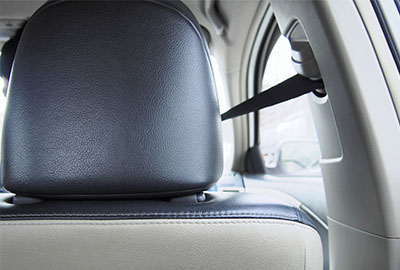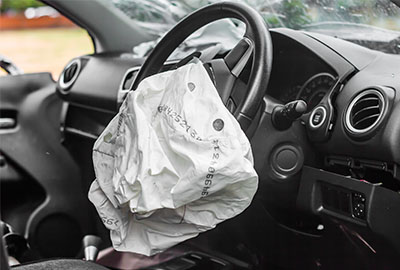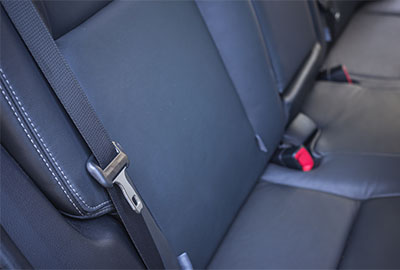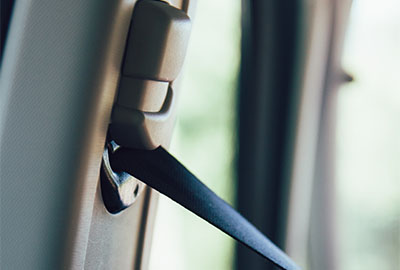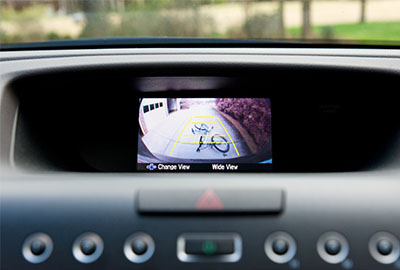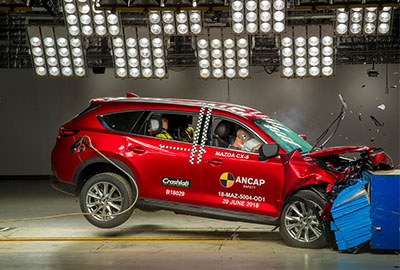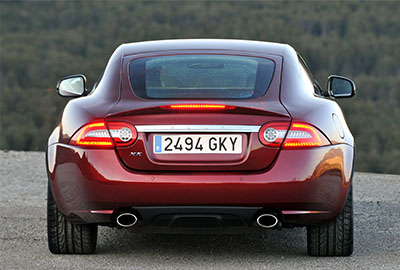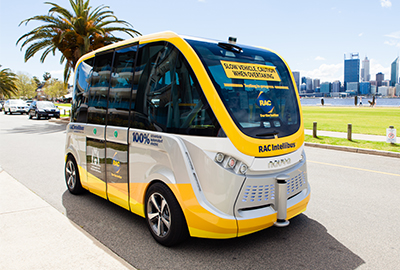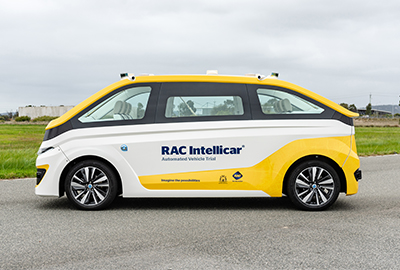6 December, 2018 By: Courtney Pearson
Spare a thought for our early drivers who didn't have windscreen wipers or seatbelts.
Exposed to the elements and exposed to the dangers of driving, it took many years for modern safety features like seatbelts, airbags, autonomous braking, and rear-view cameras to be implemented in vehicles.
Once crash testing was widely adopted, it was possible to see just how poorly some models fared in the event of a crash.
Safety features are continuing to evolve as driverless vehicles enter the mix, with the hope that autonomous technology will reduce the number of fatal crashes on our roads caused by human error.
We take a look at how far safety features have come since the early 1900s.
